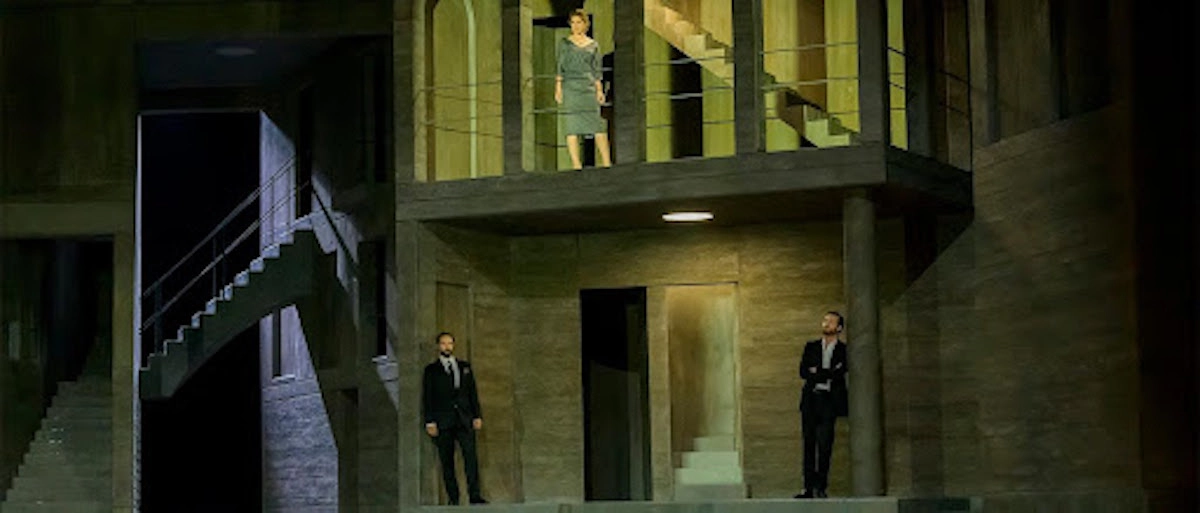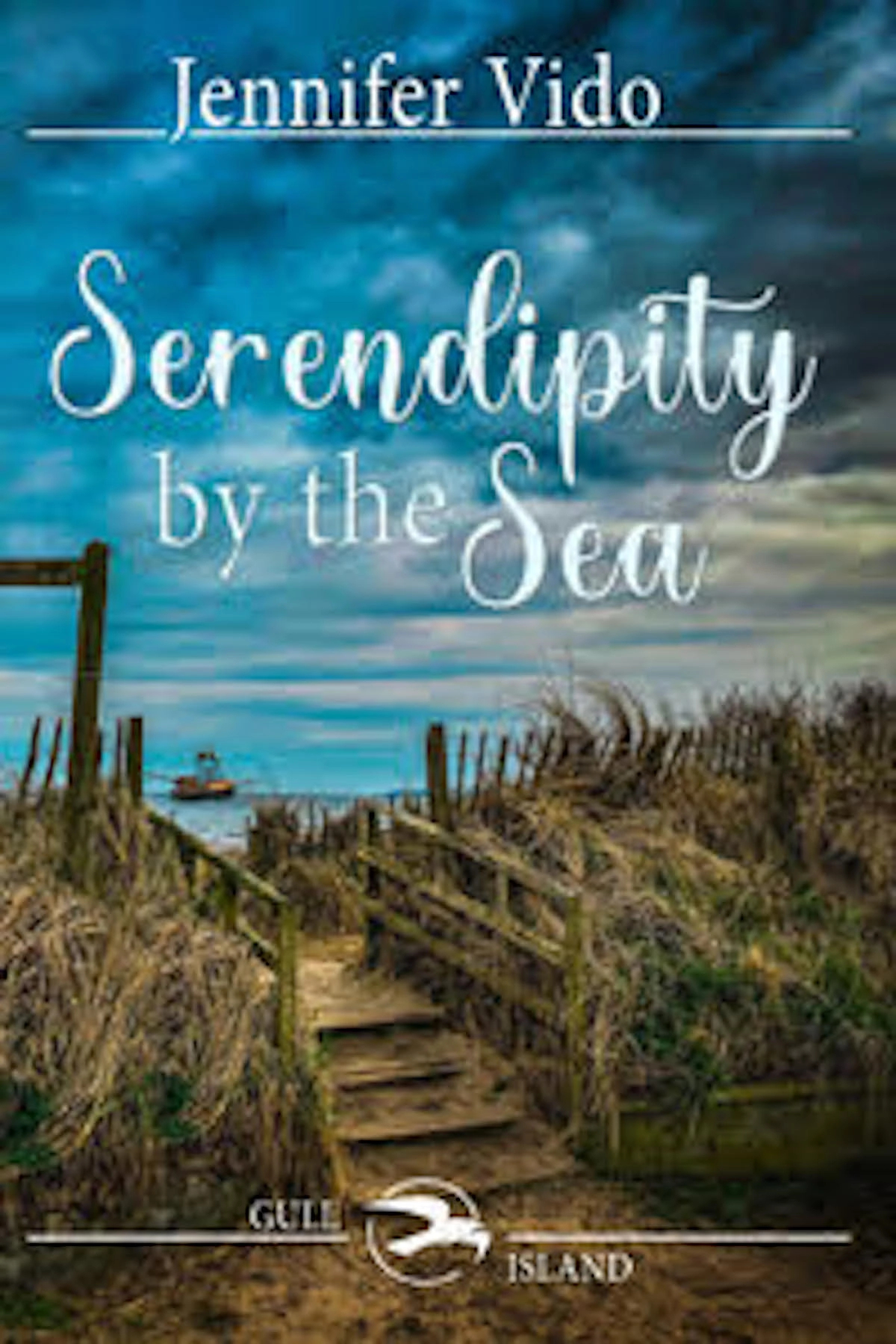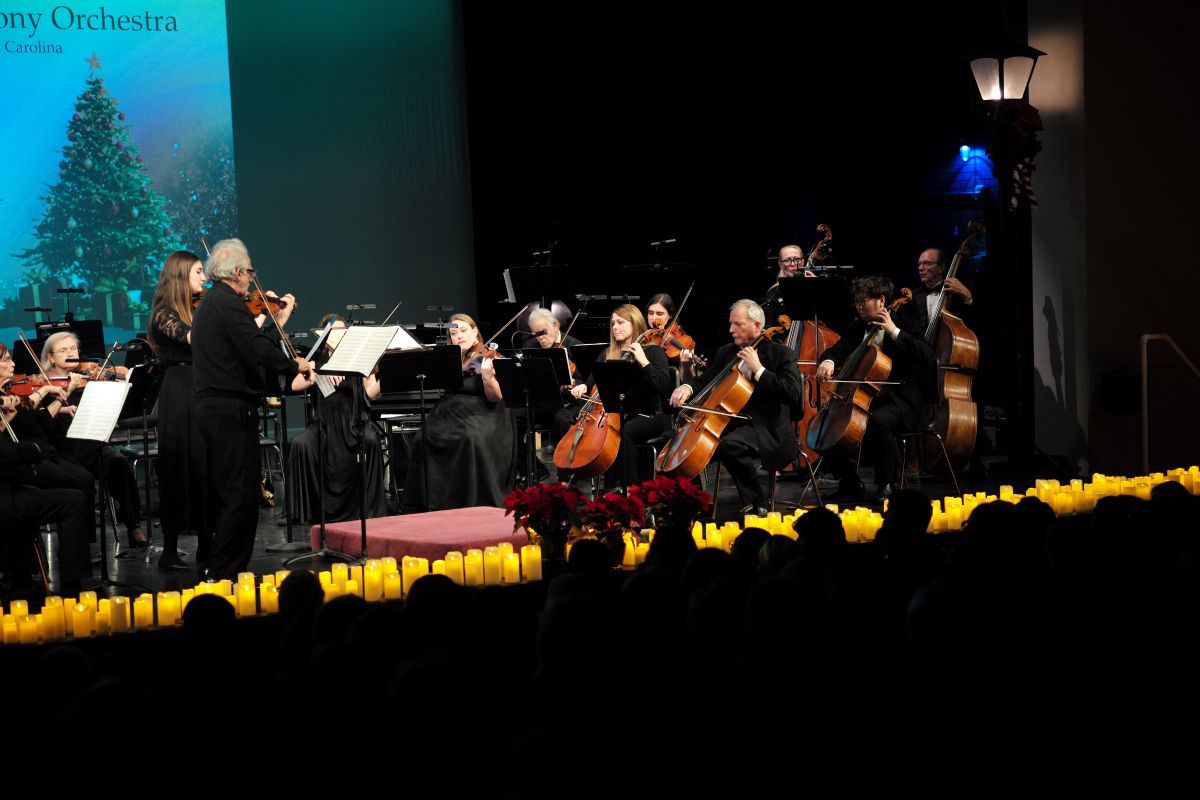By Becky Sprecher
For The Island News
Based on the legend of Don Juan, Mozart’s Don Giovanni (1 p.m., June 3, USCB Center For The Arts), received its premier in Prague in 1787. Set in Seville, the story is centered around the damnable don’s romantic exploits with three women, beginning with Don Giovanni’s dumping of Donna Anna after their brief affair.
When her father, the Commendatore, arrives to defend his daughter, Don Giovanni kills him. Then a former conquest, Donna Elvira, confronts Don Giovanni about his betrayal with Donna Anna and seeks revenge. Next, Don Giovanni attends a wedding where he attempts, of all things, to seduce the bride, Zerlina. All his life this scoundrel has escaped any accountability for his behavior until the end, when a terrifying ghost appears to deliver punishment, and it is severe indeed.
Is it just me, y’all, or is there something about all this that sounds vaguely familiar?
Don Giovanni’s servant, Leporello, introduces us to his master’s chronic behavioral issues right off the bat in what is known as a “catalogue aria.” These arias are usually sung at a rapid tempo with more than a hint of lighthearted mischief, and so many activities are described that one is tempted to set up an Excel spreadsheet to keep track of them all:
My dear lady, this is the list
Of the beauties my master has loved,
A list which I have compiled.
Observe, read along with me.
In Italy, six hundred and forty;
In Germany, two hundred and thirty-one;
A hundred in France; in Turkey, ninety-one;
But in Spain already one thousand and three.
Among these are peasant girls,
Maidservants, city girls,
Countesses, baronesses,
Marchionesses, princesses,
Women of every rank,
Every shape, every age.
We find ourselves laughing, but then confusion sets in. The music would have us believe that Don Giovanni is no more than a charming rake. But the plot is telling us that he is a serial rapist and murderer. So which is it? It seems that Mozart and his librettist, Lorenzo da Ponte, want the audience to decide.
“This is an opera of ideas,” writes Fred Plotkin in Opera 101. “Don Giovanni is the product of the end of the eighteenth century, a period of political upheaval and social revolution. The old aristocracy was confronted with the values of individualism and the rights of man that were being promoted in France and America. Scientific advances also made people think differently about the earth and the universe…One of Mozart’s and da Ponte’s great contributions was the introduction of political and philosophical treatment to the operatic stage.”
But whether or not Mozart and da Ponte intended to be ambiguous, the Don Giovanni we are going to see reflects the times in which we now live. In a New York Times interview, Tony Award-winning director Ivo van Hove (West Side Story) explains how he arrived his concept. “My starting point was something that people often forget: the original title of this opera was ‘Il Dissoluto Punito, Ossia il Don Giovanni’ (The Rake Punished, or Don Giovanni). When I saw this title, a lot of doors opened. Mozart had a clear point of view on the character. I always found it difficult to accept that Donna Anna is a little bit in love with him while she is raped in the first scene, and a few minutes later he kills, without any reason, her father. This man has been idolized as a libertine — his mission is ‘Viva la libertà’ — but his own freedom, not the freedom of other people. ‘Don Giovanni’ became for me suddenly a very contemporary opera.”
Additionally, the production’s “tech bro” setting will reinforce this concept by helping us make visual connections with contemporary life. Since Don Giovanni sits at the cusp of classical Italiante opera and Romanticism, we are going to hear elegant and graceful music that is classical in form, but with characters who look and behave like people with whom we can identify.
Do not make the mistake of thinking that this is a fluffy, frothy work. Mozart can be a mine field to perform. The music is so perfect that there is no margin for error, no place to hide from mistakes. And pacing can be critical; scenes unfold rapidly, one after the other, so a conductor must stay right on top of the action.
Says conductor Nathalie Stutzmann to the New York Times, “I’ll never forget a phrase that I read in a book: Mozart said, ‘one of the most difficult, important and crucial things to realize in playing my music is simply the right tempo. In this opera, it’s one key for me. The phrasing seems simple, but the realization is incredibly difficult. The pulse needs to be organic, and one thing needs to be related to the next.’”
“When you sing the music right, Mozart is like medicine, a balm for the voice,” soprano Yin Fang (who sings Zerlina) told the Times. “It’s indescribably beautiful, and just so genius. But it can be deceptive. It sounds very simple and effortless, but it takes a lot of hard work to achieve that.”
Throughout the production, we are going to find ourselves rooting for accountability and justice. “The ending can be very difficult, but I wanted Don Giovanni to go to hell, and burn in hell forever,” said director Hove. “What we show is something you don’t expect. But he, as a person, is a problem that has to be dealt with. And with this ending, now that he is dealt with, everybody can move on with their lives. They have closure. It is actually a conventional, happy ending. But I think that is necessary: You see them taking up daily life, as if they were starting again.”
This last is perhaps the most contemporary idea of all, that for healing to begin, accountability must be recognized, and justice served.
Want to Go?
What: Don Giovanni
When: 1 p.m., Saturday, June 3
Where: USC Beaufort Center for the Arts
About the show: Sung in Italian with Met Titles in English
Run Length: 3 hours, 20 minutes, with a 30-minute intermission between Act I and Act II
Tickets: Available at the door or the Center for the Arts website: $22/$20 for OLLI members








